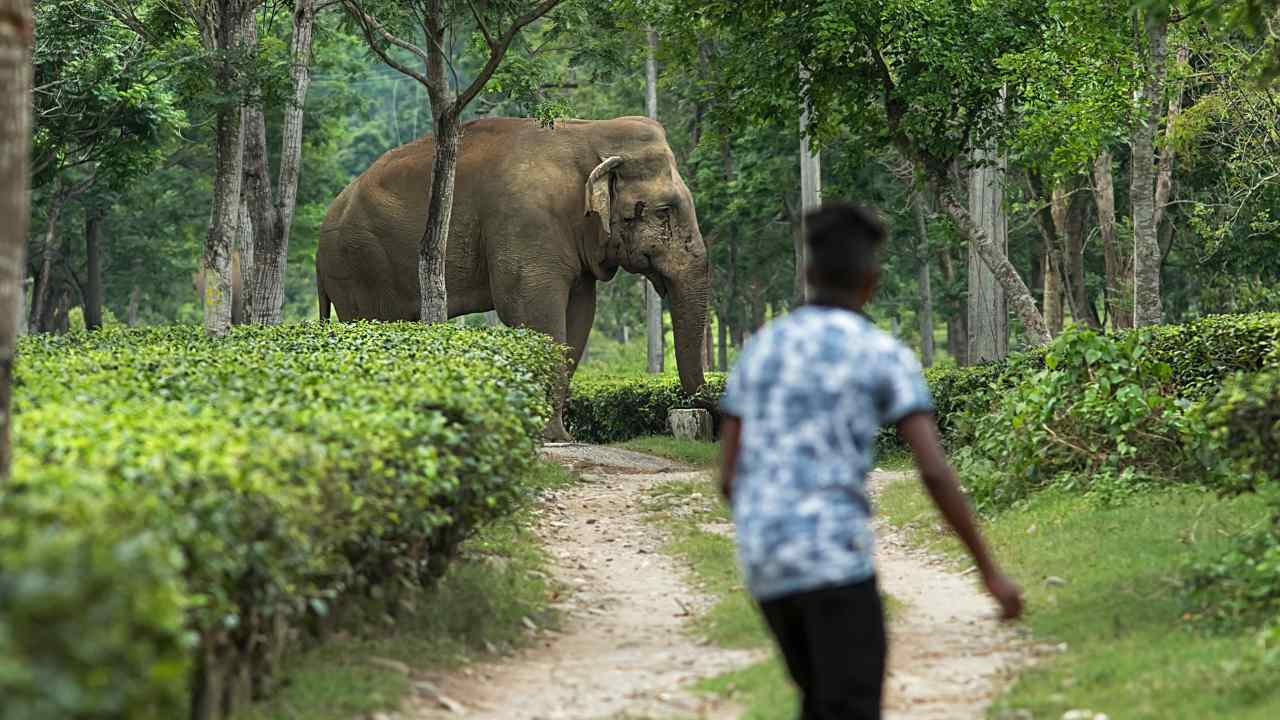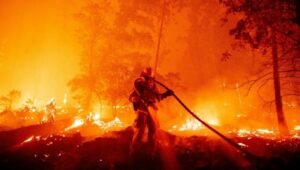Press Trust of IndiaFeb 26, 2021 15:57:24 IST
The lives of people lost due to wildlife-human conflicts are not adequately compensated in India, according to a new study which says changing the approach to this estimate can improve conservation efforts, and help understand which species to prioritise at conflict-prone zones. The research, published in the journal PNAS, surveyed 5,196 households living near 11 wildlife reserves in India, and self-reported annual costs including crop and livestock losses, injuries, and human deaths.
“Human casualties contribute overwhelmingly to overall damages from wildlife interactions. This is despite the use of a relatively low valuation of human life from the literature,” study lead author, Sumeet Gulati from The University of British Columbia in Canada, told PTI.
The researchers said compensation for human death ranges from Rs 76,400 in Haryana, to Rs 8,73,995 in Maharashtra. The study reports that the average compensation paid for human death in the country is Rs 1,91,437, and the average compensation paid for injury is Rs 6,185.
According to Gulati, these compensation values, known as value of a statistical life (VSL) are typically calculated from labour market comparisons.
“Controlling for how productive workers are across different industries, economists estimate how much of the compensation paid can be attributed to the risk of injury or death across occupations,” Gulati explained.
“One obvious way to improve this estimate is to have more studies estimating the VSL using data from developing countries,” he added.
According to the researchers, better compensation for human fatalities can likely reduce animosity towards the species conservationists intend to preserve.
“More importantly, if governments invested in measures to reduce conflict based on an accurate understanding of the real value of the loss of human life, conflict would be reduced, and animosity would fall, making both those living near the forest and those who care about the beings in the forest better off,” Gulati explained.

Elephant Kanchera standing in the Marapur tea garden area, as scientists spend an hour taking notes to understand their tactics. Image: Centre for Wildlife Studies
According to the wildlife conservationist, the dominance of the costs of human casualties rationalises the innate fear and respect towards large species like elephants displayed by those living with wildlife in India.
Based on the findings, the scientists said focusing on the cost of human casualties while estimating losses from wildlife conflict is necessary.
“Our research is one of the largest scientific assessments of human-wildlife conflict globally,” said study co-author Krithi Karanth from the Centre for Wildlife Studies in Bengaluru.
“We find that farmers experiencing a negative interaction with an elephant over the last year incur damages on average that are 600 and 900 times those incurred by farmers with negative interactions with the next most costly herbivore — the pig and the nilgai,” Karanth said.
Similarly, she said farmers experiencing a negative interaction with a tiger over the last year incur damage that is on average three times that inflicted by a leopard, and a 100 times from a wolf.
Although a species is associated with a rare occurrence of human fatalities, the scientists said the expected cost of death from a negative interaction could be much higher than the expected cost of frequently occurring crop or livestock damage.
“Conservation managers have to prioritise human casualties and improve assistance provided to people,” Karanth added.










